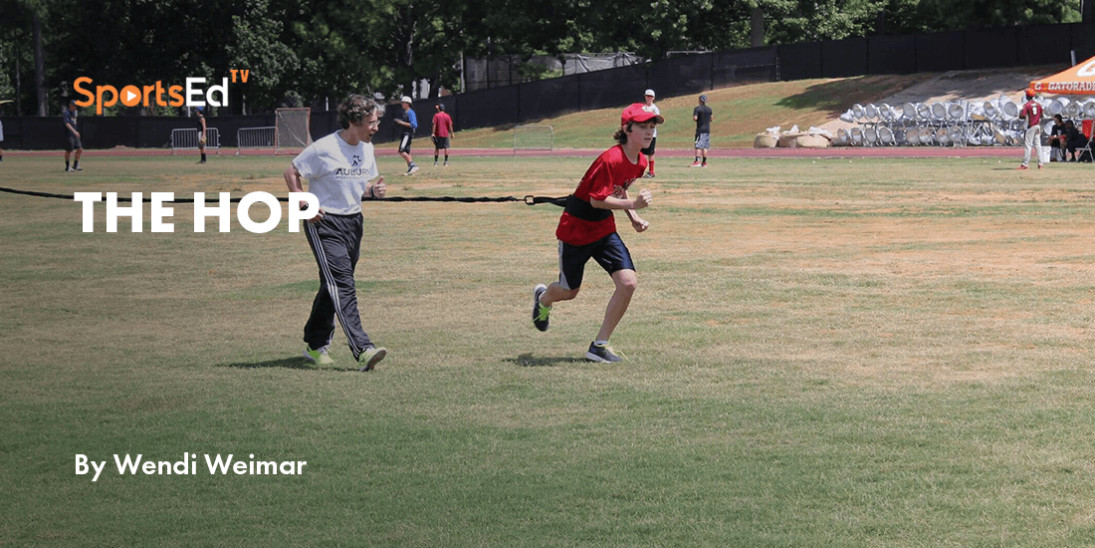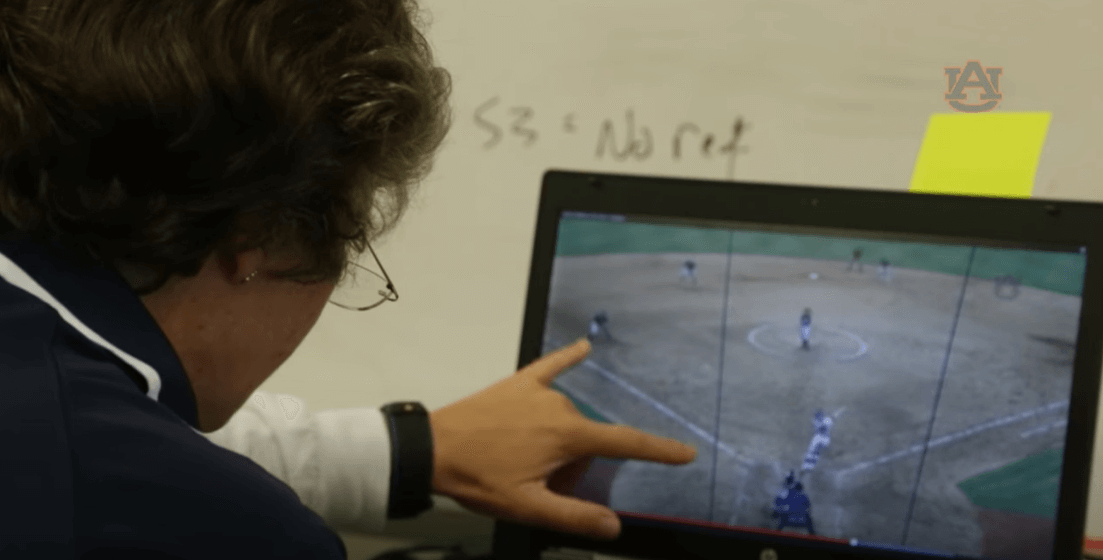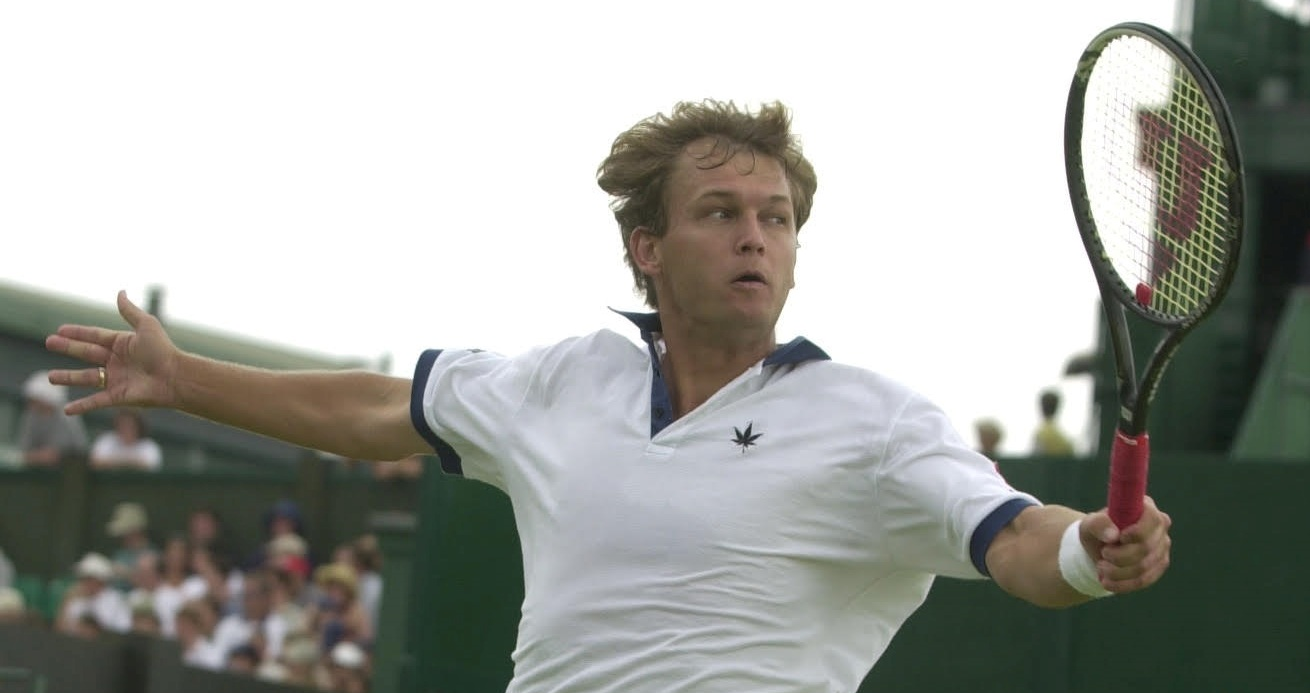Tennis
Welcome and thanks for visiting...

The Hop by Wendi Weimar

While conducting research on how racing greyhounds start, we noticed that prior to the forward motion, they employed a counter-movement. Upon further inspection (and higher camera frame rate), we observed that when the greyhounds initiated maximum acceleration, not only did they utilize a counter-movement, but before they lowered themselves, they actually pulled all four feet off the ground and landed into the counter-movement. It was the most dramatic example of the split step, which tennis has been using for years that I had ever witnessed, and we started calling it the hop. Previous literature has supported the use of the split-step for increases in performance, but we wanted to know why. Our research indicated that you reach peak force faster, and you achieve a greater peak force when the hop preparatory motion is utilized. Research has demonstrated that a counter-movement like that, used when you perform the vertical jump, utilizes the stretch-shortening cycle and helps you jump higher than when jumping without a counter-movement. However, in the hop preparatory movement, there is a concentric movement prior to the eccentric/concentric motion of the stretch-shortening cycle. It is hypothesized that this initial concentric (hop) takes any “slack” out of the muscle/tendons so that the landing (eccentric loading) provides a valuable stretch that is used to assist the initial concentric action of propulsion. This would provide a benefit from a muscular perspective.

The timing of the hop is critical, and when it is correct, it can help the athlete prepare for an initial change in direction. Some refer to this as the gravity step. If the hop is timed such that the athlete is in the air, when the direction of the motion can be determined (the ball coming off the racket, or off the bat, the opponent making a cut), the athletes can “lean” in the appropriate direction as they land. This body position will allow the athlete to maximize the initial horizontal force during the first step. This would provide a benefit from a body position perspective.

It is also interesting to consider that when your body subconsciously wants to prepare for maximum effort, it hops. Think about the last time someone surprised you coming around a corner or a friend jumped out to startle you. What was your reaction? You hopped. Whatever the reason, the hop helps when maximum acceleration is needed.
Here is how we applied it Auburn:
And what ESPN said about it:







